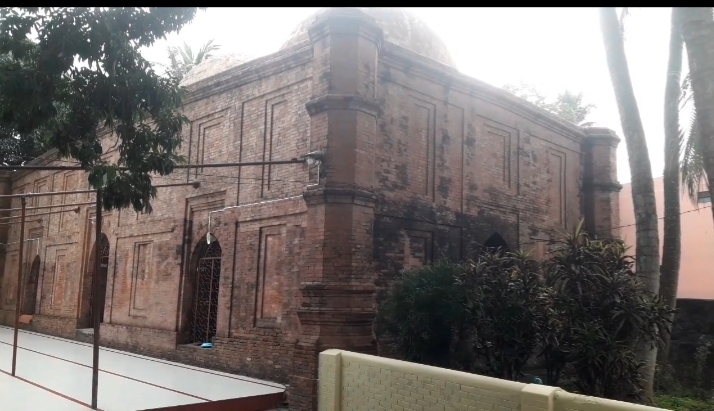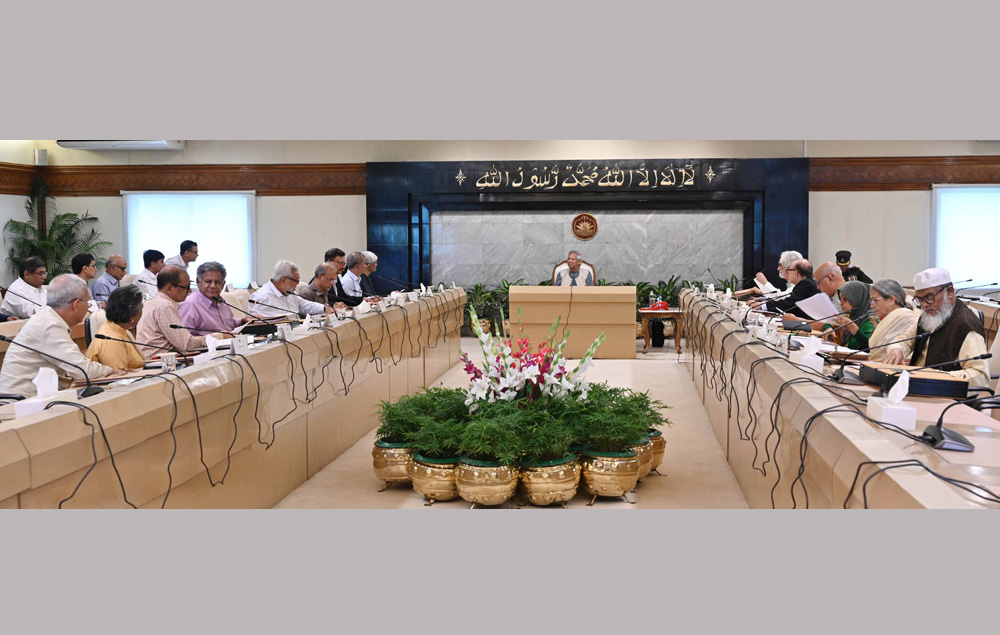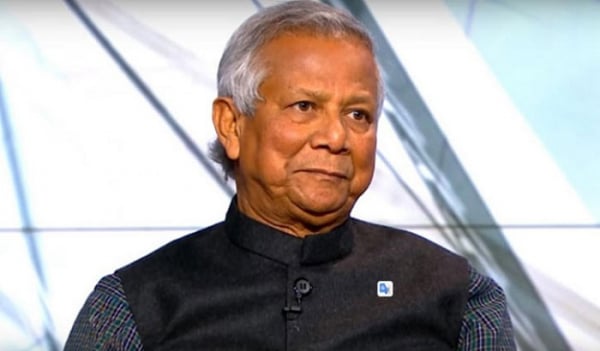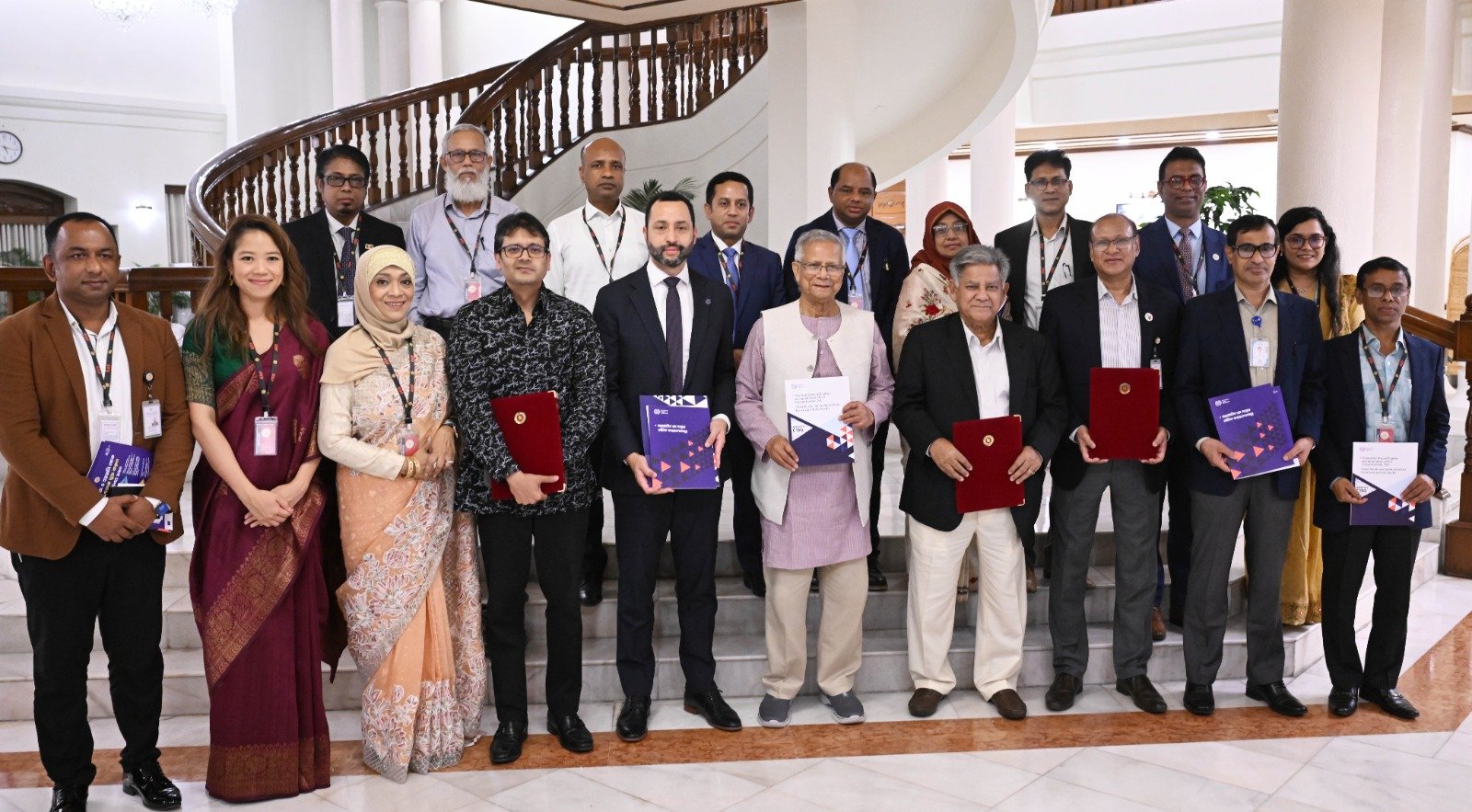
Mansur Alam, Pabna: Pabna’s ‘Chatmohar Shahi Mosque’ is a unique monument of Muslim history and tradition in Bengal.
For almost four and a half hundred years, this country has been carrying the identity of Muslim rule and Tahjib-Tamaddun. This three-domed mosque is mainly built in the Mughal style of architecture. Many historians believe that the mosque is a combination of Sultanate-Mughal architecture. The mosque is located in the heart of Chatmohar upazila of Pabna district. It is clear from the Persian inscriptions placed on the mosque that it was built in 1581 AD. So there is no difference regarding the construction period. In the 20th century, when there was extensive damage to the mosque, the Bangladesh Directorate of Archeology renovated the mosque in the 1980s. Currently, the mosque is preserved as an archaeological building of Bangladesh.
The ‘Sonabaju’ pargana next to Chalanbil was once the free roaming land of the Mughal-Pathans. Chatmohar is one of the famous places of this Senabaju Pargana. Emperor Akbar’s general Masum Khan built the ‘Chatmohar Shahi Mosque’ with the funding of his brother Khan Mohammad Kakshal. That is why it is popularly known as ‘Masoom Khan Kabulir Shahi Mosque’. The length of the mosque is 51 feet, width 22.5 feet and height 45 feet. The mosque walls are about 7 feet thick, built of red jafry bricks with small thin designs. Observation of the Shahi Mosque on the ground showed that in front of the mosque, there is a black stone inscribed with Kalema Tayeba on the Idara. The front of the mosque has three arched gates and two more arched gates on the west side. The interior of the mosque has four small niches and the mehrab is decorated with carved brickwork. There was once an inscription inside the mosque in Tughra script; which is currently preserved in Rajshahi Varendra Research Museum.
For almost four and a half hundred years, this country has been carrying the identity of Muslim rule and Tahjib-Tamaddun. This three-domed mosque is mainly built in the Mughal style of architecture. Many historians believe that the mosque is a combination of Sultanate-Mughal architecture. The mosque is located in the heart of Chatmohar upazila of Pabna district. It is clear from the Persian inscriptions placed on the mosque that it was built in 1581 AD. So there is no difference regarding the construction period. In the 20th century, when there was extensive damage to the mosque, the Bangladesh Directorate of Archeology renovated the mosque in the 1980s. Currently, the mosque is preserved as an archaeological building of Bangladesh.
The ‘Sonabaju’ pargana next to Chalanbil was once the free roaming land of the Mughal-Pathans. Chatmohar is one of the famous places of this Senabaju Pargana. Emperor Akbar’s general Masum Khan built the ‘Chatmohar Shahi Mosque’ with the funding of his brother Khan Mohammad Kakshal. That is why it is popularly known as ‘Masoom Khan Kabulir Shahi Mosque’. The length of the mosque is 51 feet, width 22.5 feet and height 45 feet. The mosque walls are about 7 feet thick, built of red jafry bricks with small thin designs. Observation of the Shahi Mosque on the ground showed that in front of the mosque, there is a black stone inscribed with Kalema Tayeba on the Idara. The front of the mosque has three arched gates and two more arched gates on the west side. The interior of the mosque has four small niches and the mehrab is decorated with carved brickwork. There was once an inscription inside the mosque in Tughra script; which is currently preserved in Rajshahi Varendra Research Museum.









